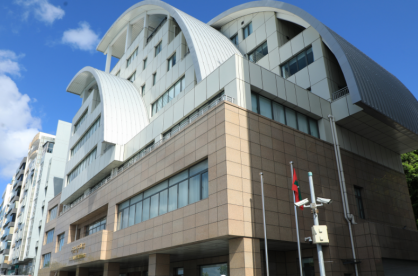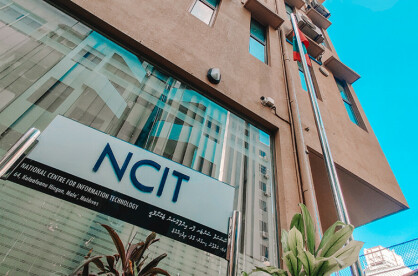While the national health insurance scheme
Aasandha has come a long way in making healthcare affordable for
the Maldivians, there are still some pressing issues when it comes to financing
the insurance scheme as the cost keeps rising by the year. In a recent
parliamentary session, Aasandha Company's Managing Director, Aminath Zeeniya,
shed light on the intricate financial dynamics of the government's health
insurance scheme, revealing that a significant portion of the budget is
allocated to pharmacies.
According to Zeeniya, a staggering 56 percent of the
Aasandha budget is utilized for pharmaceuticals, presenting a pressing
challenge for the sustainable management of the national health insurance
policy.
This, however, is not the
first time that the staggering cost of medicine was brought up, as the
Government discussed cost-cutting methods in 2022. The Government at the time
had discussed setting a price ceiling in addition to medical institutions being
urged to prescribe generic medication using their chemical identities rather
than their brand names as well as discussions around setting fines for those
who did not follow the price ceiling regulations, there was some hope that
‘husnuvaa Aasandha’ would stop costing the Government so much money.
However, it appears that
there still needs to be better measures taken in order to cust these costs as
Zeeniya pointed out that a bulk of the expenditure under Aasandha goes towards
procuring medicines, prompting the implementation of a bulk procurement policy.
Zeeniya emphasized that this strategy, currently in effect, aims to offset the
substantial costs associated with purchasing medicine. To address the
escalating expenses, Aasandha engaged in discussions with the World Health
Organization (WHO) to explore cost-cutting approaches and models that could
bring about a more efficient allocation of resources.
In addition to the
previously discussed measures it appears that Aasandha has taken additional
measures in order to cut costs such as identifying 11 high-demand medicines to
be brought under the bulk procurement policy, a move aimed at streamlining the
acquisition process and potentially reducing overall costs. Zeeniya revealed
that discussions with WHO have produced viable models for cost reduction, with
plans to implement these strategies within the first three months.
Despite the concerted
efforts, it appears that there will be inherent challenges in the pricing of
medicines in the Maldives. The managing director pointed out that pharmacies
are designated at the policy level, limiting Aasandha's discretion in extending
the health insurance scheme to specific outlets.
Another major issue that
Aasandha faces, as outlined by Zeeniya is the expenditure that goes towards the
procedural expenses of the private hospitals. Noting the difficulties, Zeeniya
stated that while the procedural expenses might be affordable, the final
invoiced bills often reflect a substantial increase. This discrepancy, she
explained, arises due to a lack of control and co-payment agreements with the
Ministry of Health for private hospital procedures.
With such major expenses
being spent towards Aasandha by the state budget, it is clear that some
measures need to be implemented rather than just pointing out possible
solutions to the increasing problem. As the Maldives faces challenges in public finance management due to the increased debt of the nation, it has become more important
than ever to look into the real issues behind why the Aasandha keeps running over-budget, and setting the needed
regulations in place in order to give the residents of the Maldives the
national health insurance scheme that is more sustainable.






